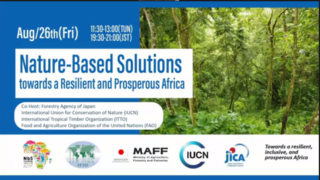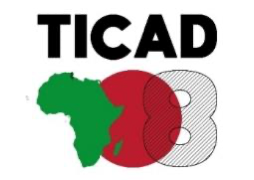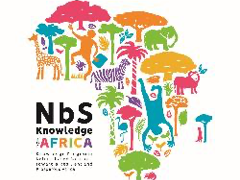 information
information Side Event at TICAD8: Nature-based Solutions towards a Resilient and Prosperous Africa
OverviewA ninety-minute side event at the TICAD8, entitled "Nature-based Solutions toward a Resilient and Prosperous Africa", was held online on August 26, 2022. It was jointly hosted by the Japan International Cooperation Agency (JICA), the Forestry Agency of Japan, International Union for Conservation of Nature and Natural Resources (IUCN), the International Tropical Timber Organization (ITTO) and the Food and Agriculture Organization of the United Nations (FAO). A total of 130 participants at...



